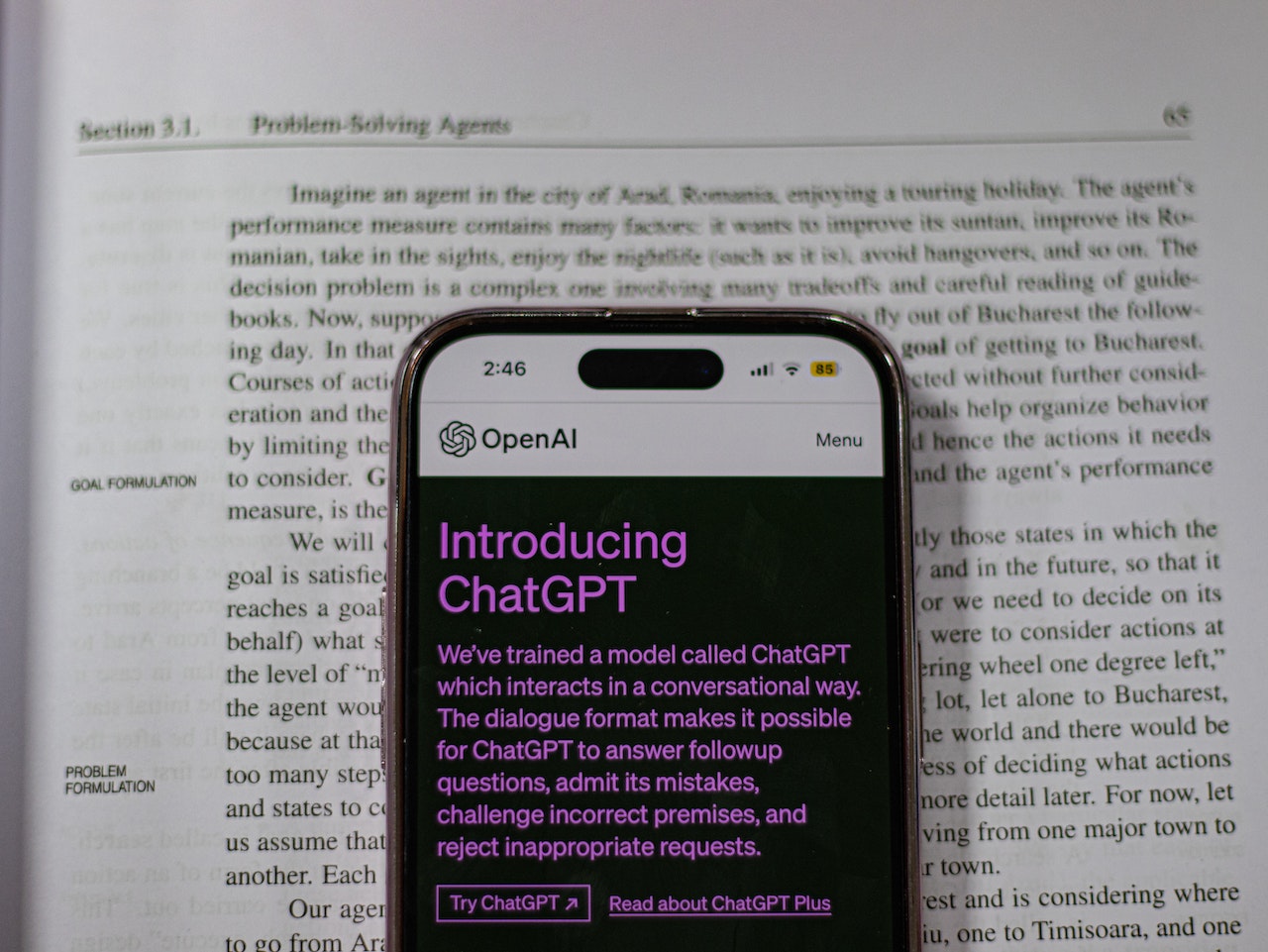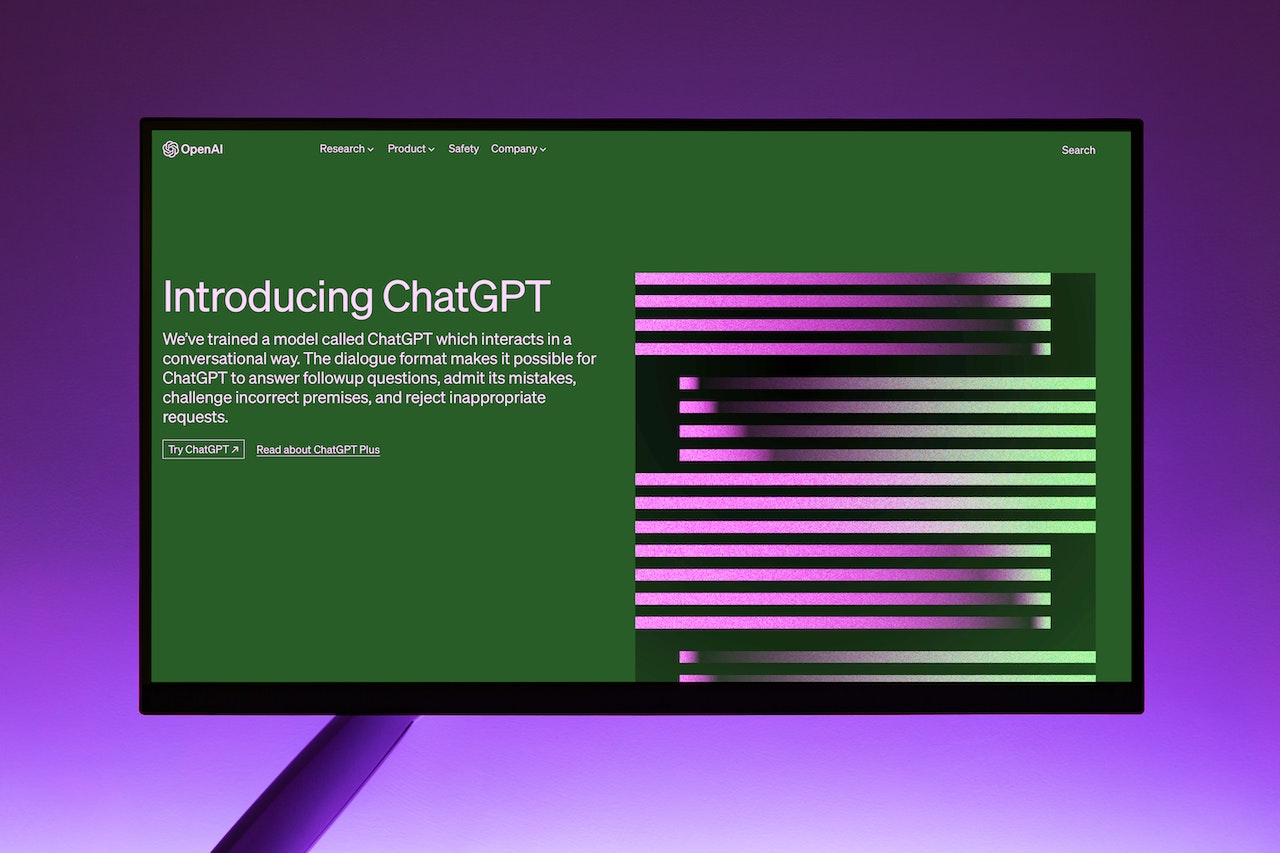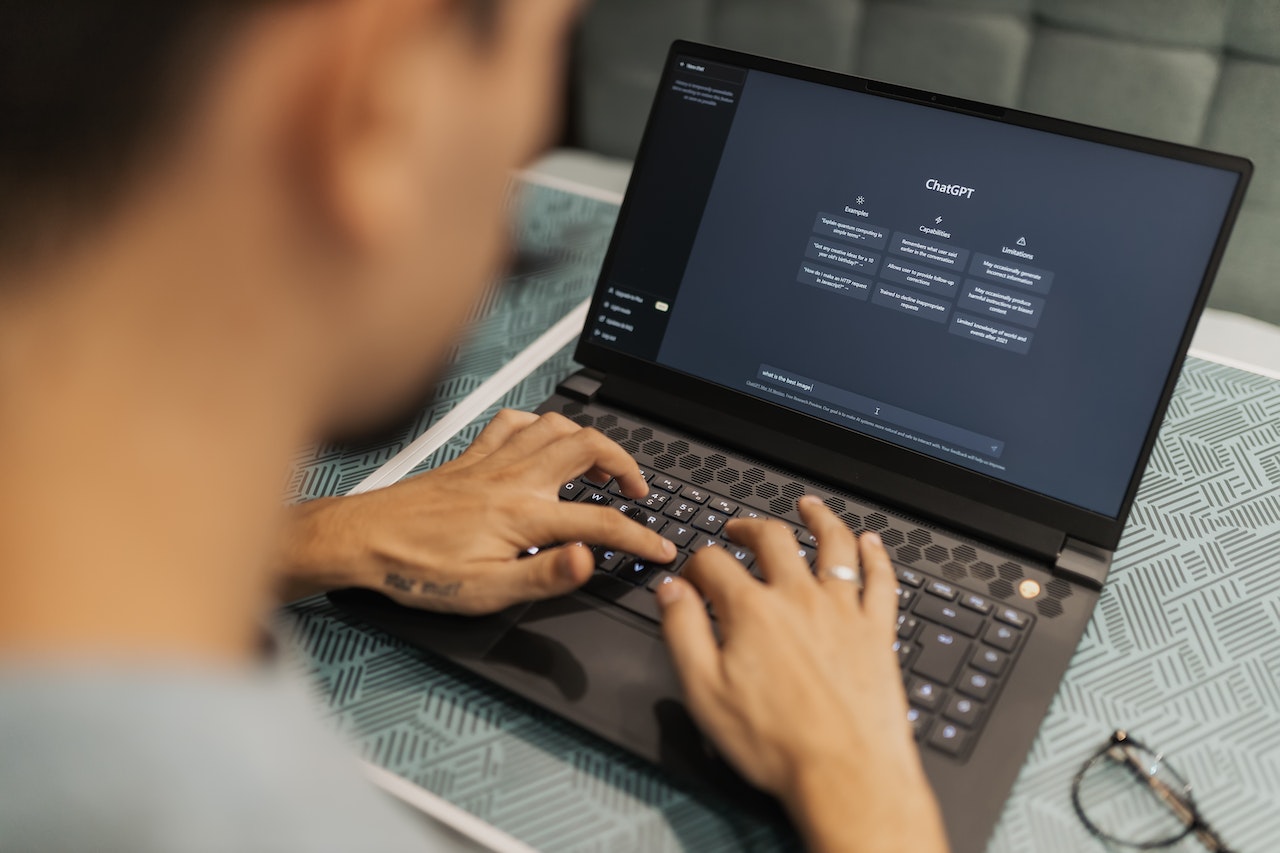Whether or not AI art is bad is a matter of opinion. There are some people who believe that AI art is not truly art because it is created by machines, while others believe that AI art can be just as creative and expressive as art created by humans.
There are a few reasons why some people might think that AI art is bad. First, AI art can sometimes be repetitive and unoriginal. This is because AI programs are trained on large datasets of existing art, so they are often able to generate images that are similar to what has already been created. Second, AI art can sometimes be difficult to understand or appreciate. This is because AI programs are not able to understand the meaning or significance of the art they create, so their work can sometimes seem random or meaningless.
However, there are also a number of reasons why some people might think that AI art is good. First, AI art can be used to create new and innovative forms of art. AI programs can be used to generate images that would be impossible for humans to create, and they can also be used to create art that is interactive or responsive to the viewer. Second, AI art can be used to democratize art. AI programs can be used to create art that is accessible to everyone, regardless of their artistic skills or abilities.
Ultimately, whether or not AI art is good is a matter of opinion. There are both pros and cons to AI art, and it is up to each individual to decide whether or not they appreciate it.
Here are some additional thoughts on AI art:
- AI art is still in its early stages of development, so it is likely that it will continue to evolve and improve in the future.
- AI art has the potential to revolutionize the art world, by making it more accessible and inclusive.
- AI art can be used to explore new ideas and create new forms of expression.
- AI art can be used to raise awareness of important social and environmental issues.
I believe that AI art has the potential to be a powerful tool for creativity and expression. It is important to remember that AI art is not a replacement for human art, but rather a new tool that can be used alongside traditional methods.
The Impact of AI Art
AI art has undeniably left its mark on the art world, provoking awe, curiosity, and controversy. It has enabled artists to explore novel techniques, push creative boundaries, and challenge conventional notions of artistry. However, the nature of AI-generated art has also sparked concerns and criticism.
Arguments Against AI Art
1. Lack of Authenticity
One of the primary criticisms against AI art is the perceived lack of authenticity. Traditional art forms often embody the unique experiences, emotions, and perspectives of the artist. AI-generated art, on the other hand, lacks the personal touch and genuine human expression that many value in artistic creations.
2. Diminished Human Creativity
Critics argue that the use of AI in art diminishes human creativity by relying on algorithms and predefined patterns. They believe that true art should be the result of human imagination, emotions, and skill, rather than an automated process executed by machines.
3. Replication and Mass Production
AI algorithms have the capacity to replicate styles and techniques used by famous artists, leading to concerns about mass production and the devaluation of original artworks. The ability to generate countless replicas quickly and effortlessly raises questions about the uniqueness and scarcity associated with traditional art.
4. Ethical Concerns
The ethical implications of AI art are another area of contention. Some worry about issues such as copyright infringement, data privacy, and ownership rights. The algorithms used in AI art creations often require extensive datasets, which can raise concerns regarding the origins and usage of such data.
Counterarguments in Favor of AI Art
1. Expanding Boundaries of Creativity
AI art has the potential to push the boundaries of creativity by introducing new techniques and perspectives. Artists can harness the power of AI algorithms to explore uncharted territories, experiment with unconventional styles, and create art that may have been otherwise unattainable.
2. Collaboration between Humans and AI
Advocates of AI art emphasize the importance of collaboration between humans and AI. They argue that rather than replacing human creativity, AI can serve as a tool to augment artistic expression. Artists can leverage AI algorithms as a source of inspiration or a means to enhance their artistic process.
3. Accessibility and Democratization of Art
AI-generated art has the potential to democratize art by making it more accessible to a broader audience. It can enable individuals with limited artistic skills to create visually appealing compositions. Additionally, AI-generated artworks can be shared and enjoyed online, transcending geographical and socioeconomic boundaries.
Conclusion
The debate surrounding AI art being “bad” is multifaceted and subjective. While concerns regarding authenticity, human creativity, replication, and ethics exist, AI art also offers opportunities for artistic exploration, collaboration, and increased accessibility. Ultimately, the value and perception of AI art depend on individual preferences and the ability to embrace the evolving nature of creativity.
FAQs
Q1: Can AI-generated art be considered “real” art? A1: The definition of art is subjective, and opinions may vary. While some may argue that AI-generated art lacks the human touch, others believe that it represents a new form of creativity and expression.
Q2: Will AI art replace traditional art forms? A2: AI art is unlikely to replace traditional art forms entirely. Instead, it adds to the artistic landscape, offering new possibilities and challenging existing conventions.
Q3: Is AI art capable of evoking emotions like traditional art? A3: AI-generated art can evoke emotions just like traditional art. While the process of creation may differ, the impact on the viewer is subjective and can be profound.
Q4: What are the potential legal implications of AI art? A4: Legal implications of AI art include copyright issues, ownership rights, and usage of data. These areas are still being explored and debated within the legal and artistic communities.
Q5: How can AI-generated art benefit the art world? A5: AI-generated art can benefit the art world by fostering innovation, encouraging collaboration, and expanding accessibility, allowing more people to engage with and appreciate art.





